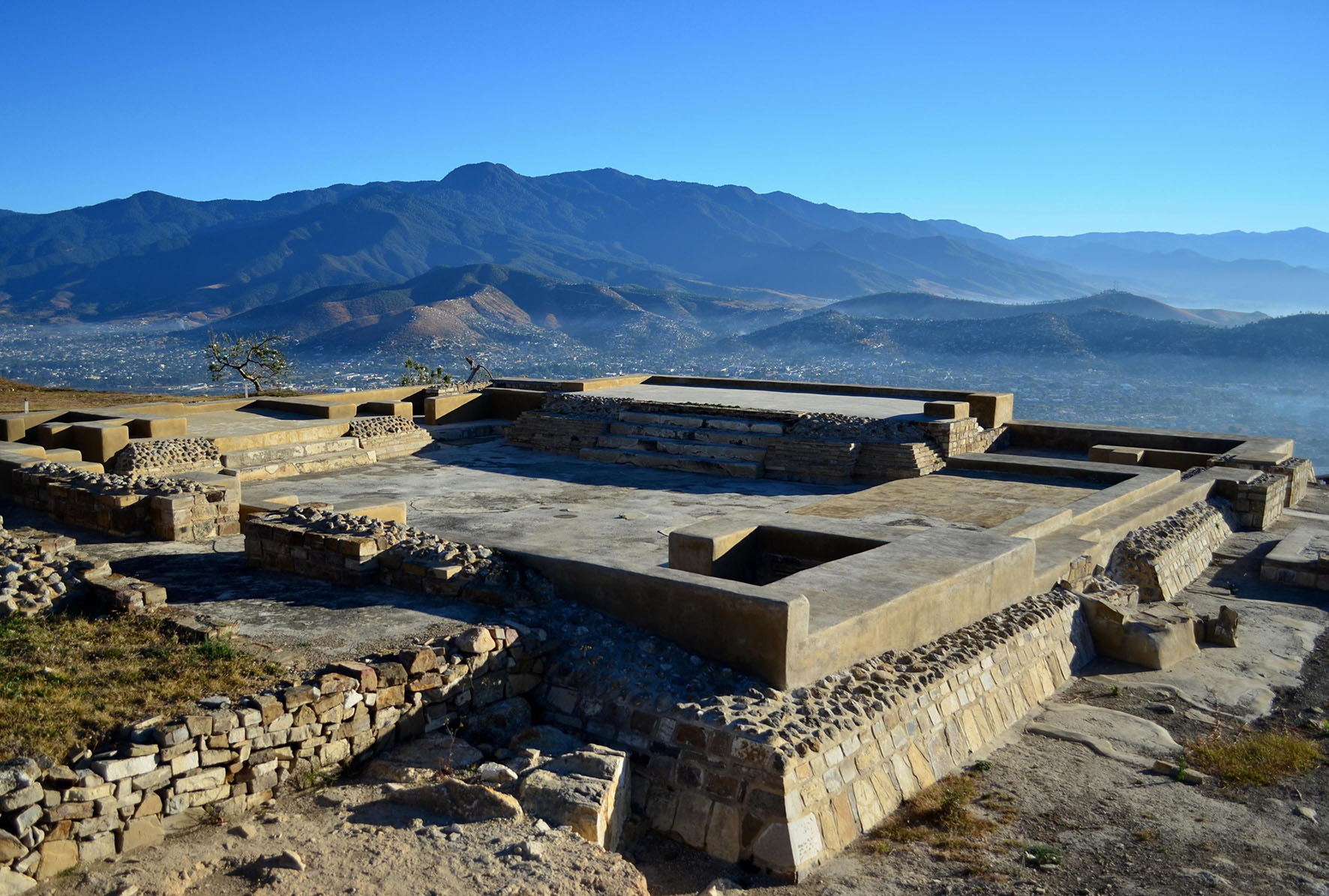Researchers Decipher the Glyphs on a 1,300-Year-Old Frieze in Mexico
The 50-foot-long limestone and stucco relief contains one of the lengthiest examples of Zapotec writing in the Oaxaca Valley
Jane Recker
March 8, 2022 10:56 a.m.

Researchers discovered a 50-foot stucco frieze in the ancient archeological site of Atzompa in Monte Albán, Mexico. INAH
Researchers with Mexico’s National Institute of Anthropology and History (INAH) have deciphered an ancient frieze adorned with one of the longest examples of Zapotec writing in the Oaxaca Valley, according to Hyperallergic’s Valentina Di Liscia. Discovered in 2018 in a complex called Casa del Sur at the ancient archeological site of Atzompa in Monte Albán, the frieze illustrates in high-relief glyphs some of the beliefs of the Mixtecs and Zapotecs, two of Mexico’s largest Indigenous cultures.
The iconography on the nearly 50-foot-long limestone and stucco frieze, dating to between 650 and 850 C.E., includes a quetzal bird, monkeys, jaguars and supernatural protective figures. The researchers discovered figurative and numerical depictions of the Mixtec calendar’s year of the lizard, as well as the quincunx—a geometric design alluding to the four directions and the center of the universe.
A Google-translated statement from INAH describes the motifs as “manifestations of the cosmic world to which the construction of [Casa del Sur] responded to.” Lead researcher Nelly Robles García says, “In general, the glyphs are allusions to power in the city, to supernatural protection, and to a time without time.”
Now a UNESCO World Heritage Site, Monte Albán was founded between the seventh and ninth centuries B.C.E. Over a period of 1,500 years, the area was inhabited by the Olmecs, Zapotecs and Mixtecs. Atzompa was built between 650 and 850 C.E. as a satellite city to Monte Albán, as the Zapotec civilization expanded in the region, according to Heritage Daily.
More:
https://www.smithsonianmag.com/smart-news/researchers-decipher-the-glyphs-on-a-1300-year-old-frieze-in-mexico-180979691/
